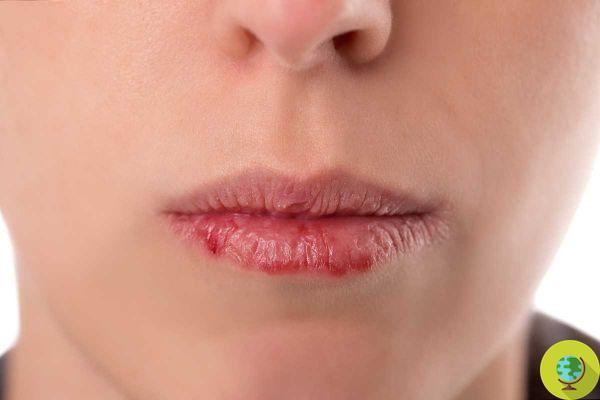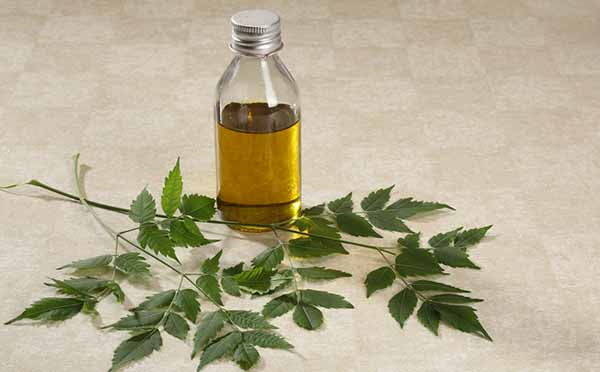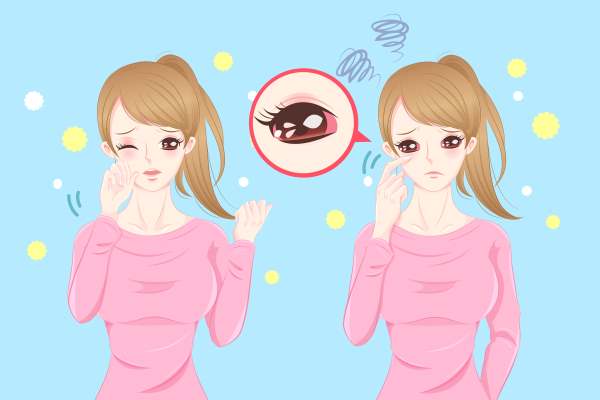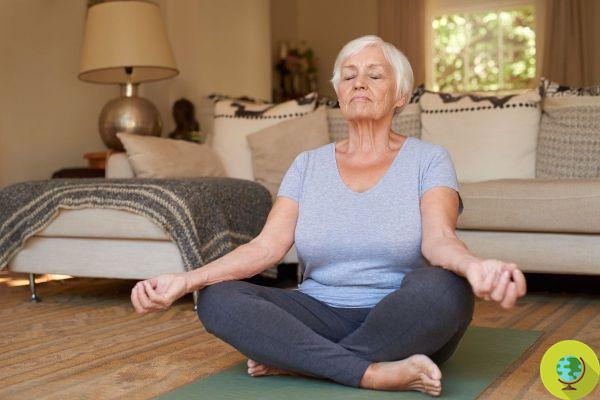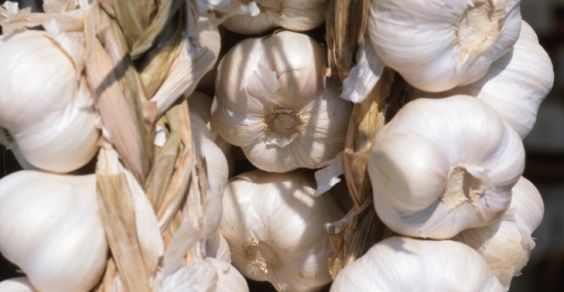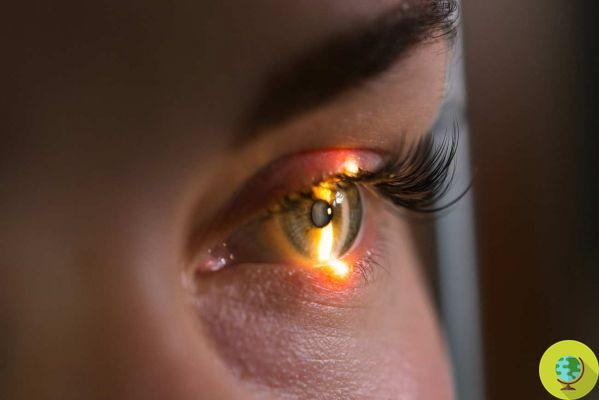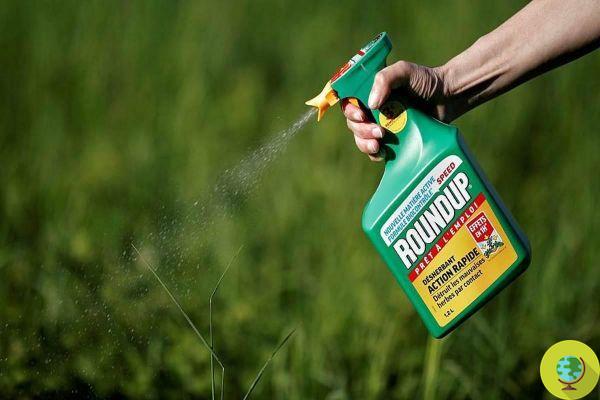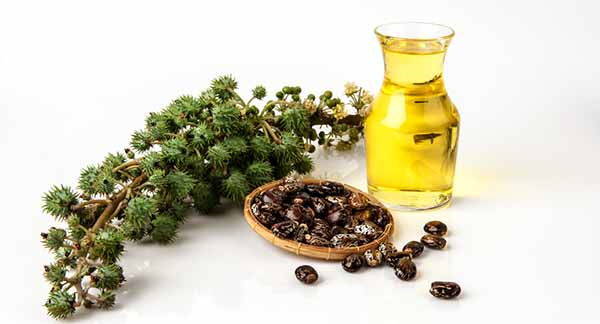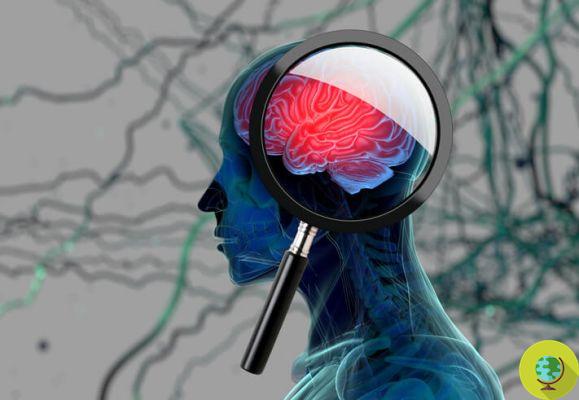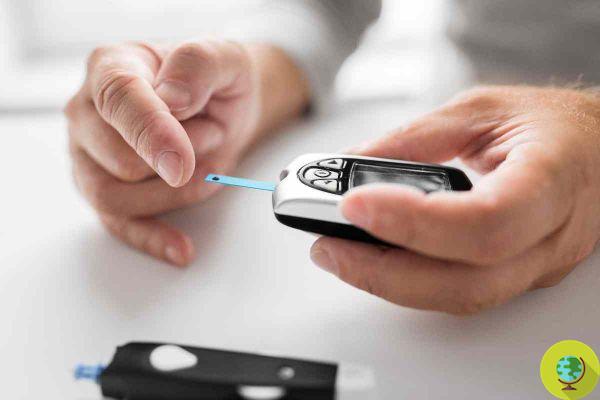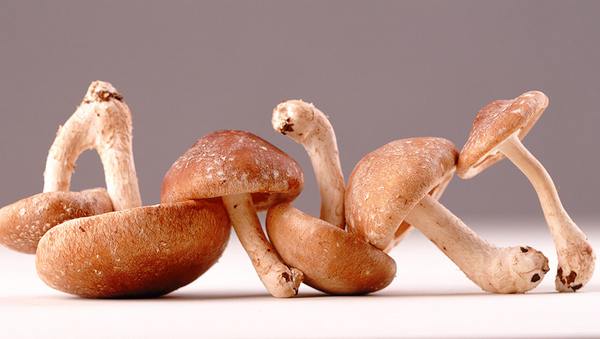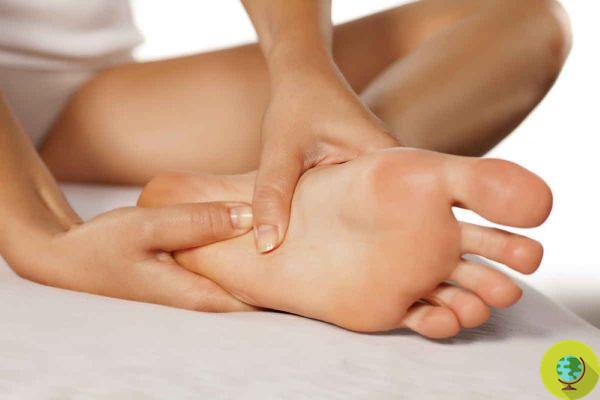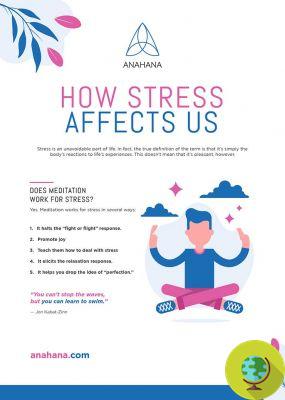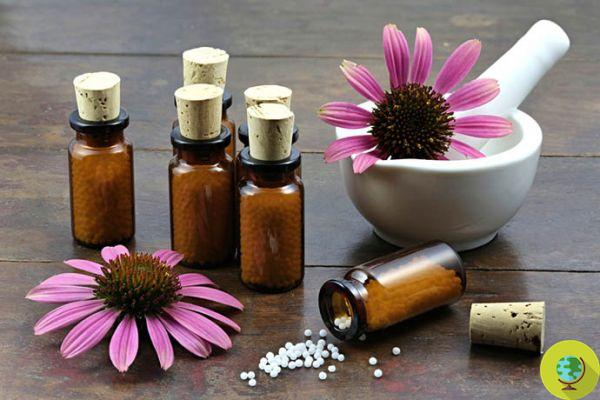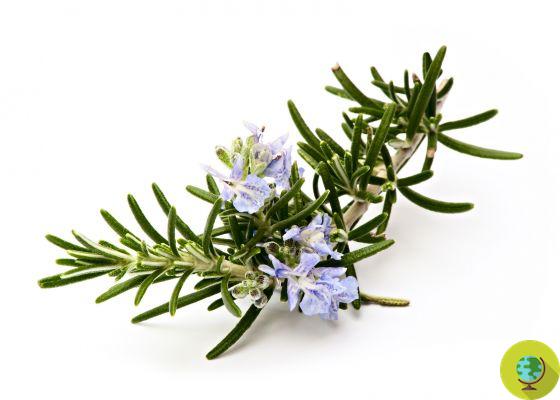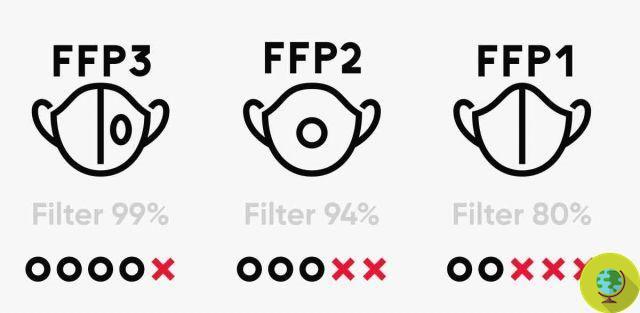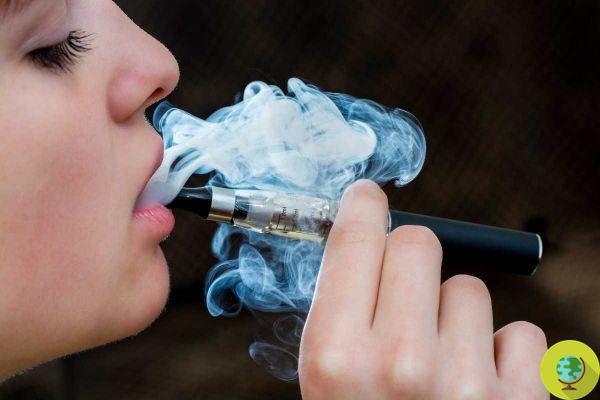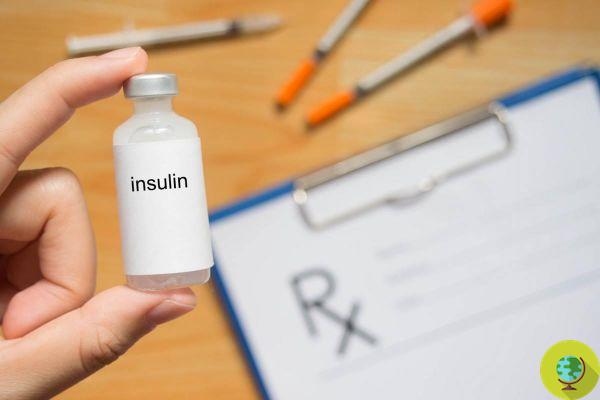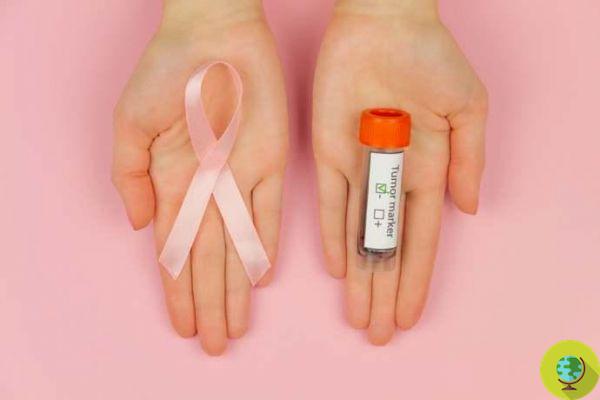
Breast cancer, US scientists have identified 17 groups of chemicals in the environment that women should avoid to reduce their risk of contracting the disease. The study in question was published in the journal Environmental Health Perspectives with the title of "New Exposure Biomarkers as Tools For Breast Cancer Epidemiology, Biomonitoring, and Prevention" and includes some advice aimed specifically at women.
Don't store avocado like this: it's dangerous
Breast cancer, US scientists have identified 17 groups of chemicals present in the environment that women should avoid to reduce the risk of contracting the disease. The study in question was published by the journal Environmental Health Perspectives with the title of "New Exposure Biomarkers as Tools For Breast Cancer Epidemiology, Biomonitoring, and Prevention" and includes some advice aimed specifically at women.
In the opinion of Ruthann Rudel, who directed the research took the Silent Spring Institute del Massachusetts, experts have created breast cancer prevention guidelines that identify the products women are most exposed to. It also shows how to measure this exposure.
The findings will help researchers deepen breast cancer studies and boost initiatives to protect women from exposure to hazardous chemicals. In the United States in 2014 alone they were registered well 40 thousand cases of death caused by breast cancer. This is the second cause of death for women in the US.
Among dangerous chemicals identified by experts are petrol, diesel, paints, solvents, derivatives of disinfectants used for drinking water treatment, benzene, acrilamide, car emissions and tobacco smoke, flame retardants, hormone replacement therapy drug components, scorched foods.
In the opinion of experts, the link between dangerous chemicals and breast cancer has not been considered as it should be. According to the researchers, potential carcinogens would even be present in thedrinking water.
The study represents the first example of a document and research that investigates in detail the chemicals that increase the risk of breast cancer and that provides doctors with the details to measure their presence in blood and urine. The more dangerous substances are represented by benzene e butadiene.
A systematic review recommended to women 7 ways to avoid dangerous substances.
1) Limit exposure to gases emitted by vehicles, including lawn mowing machines. It would be better to choose electric cars.
2) Use a fan while cooking and avoid eating scorched foods.
3) Avoid carpets, fabrics and furniture made with stain-resistant materials.
4) Avoid the laundries they use Perc (perchloroethylene) or others solvents for dry cleaning.
5) Do not buy furniture with polyurethane foam or treated with flame retardants.
6) Take off your shoes before entering the house and use a vacuum cleaner with Hepa filter (high efficiency against particulate matter). Choose a damp cloth to do the cleaning.
Substances to be avoided: butadiene, acrylamide, aromatic amines, benzene, halogenated organic solvents, ethylene and propylene oxide, flame retardants and metabolites, heterocyclic amines, pharmaceutical hormones and endocrine disruptors, MX, Nitro PAHs, Ochratoxin A, PFOA, PAHs, styrene and other compounds chemists.
Click Thu to know more.
Second Dale Sandler, an expert at the US National Institute of Environmental Health Sciences, the study constitutes a resource of fundamental importance for those involved in studying the environmental causes of breast cancer. The causes of such a serious disease can be complex and multifaceted. The hope is that research can help us identify them and limit our exposure to hazardous substances.
Marta Albè
Photo source: vanderbilt.edu
Read also: Breast cancer: software assesses the risk of getting sick




